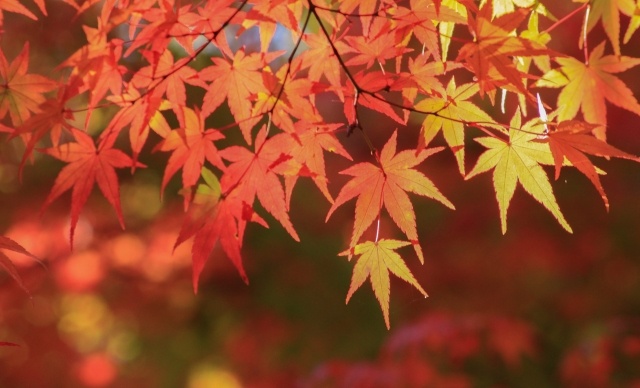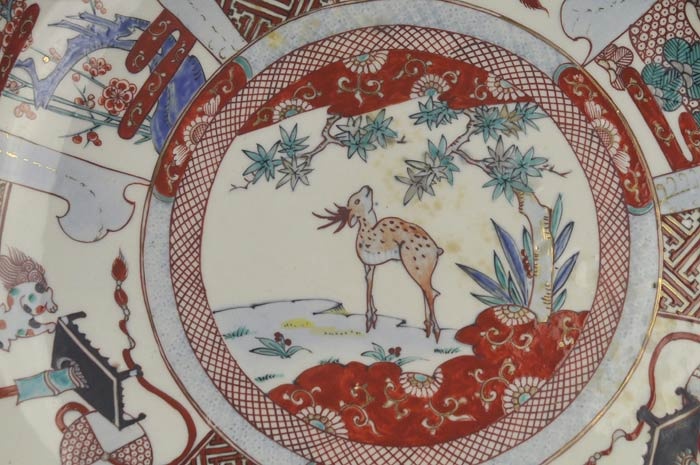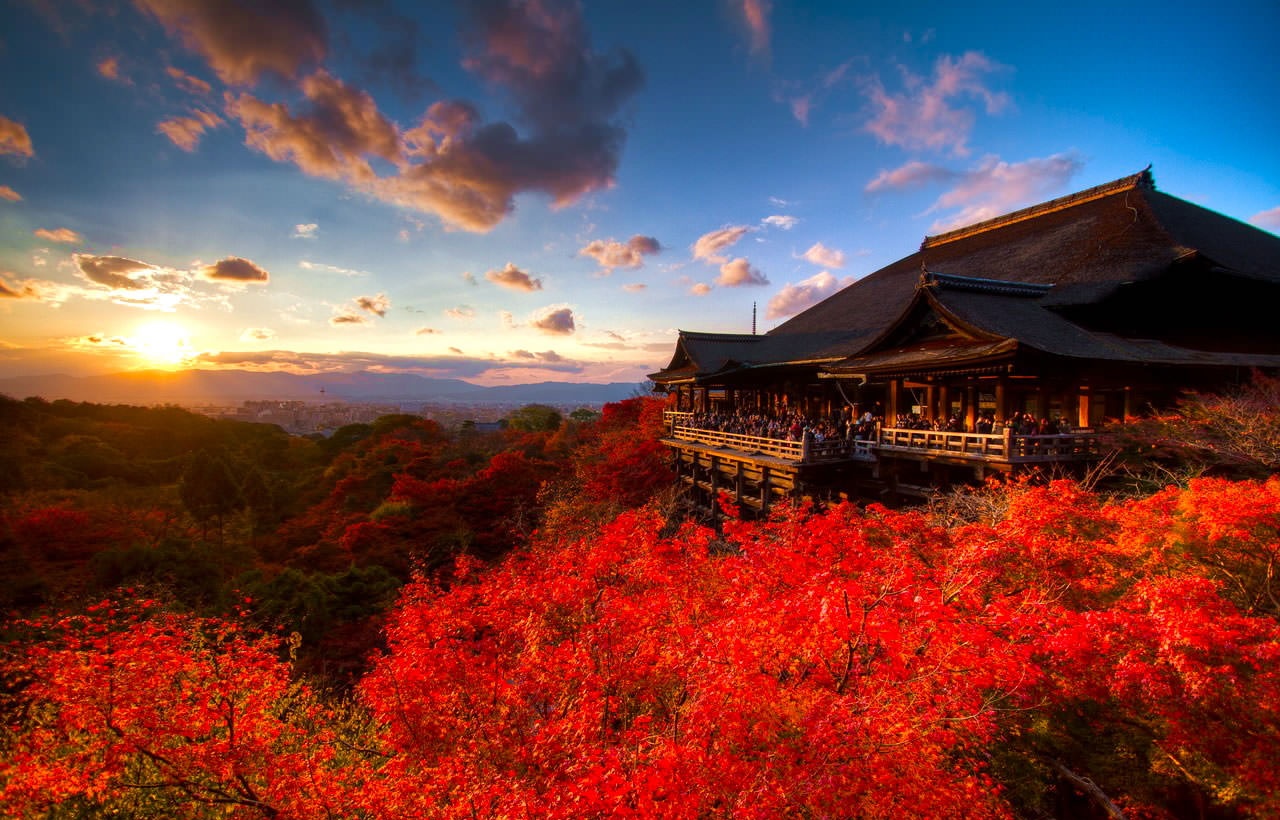5 Things You Didn’t Know About Japanese Maples
Tourists flock to Japan for the cherry blossom season in spring, but many now also find themselves looking forward to the breathtaking views of Japanese maple trees in autumn as well. The Japanese maple, or momiji, is among the most iconic trees of the season. Think you know your maple? Find out below!
By Katrina Vinluan5. Maple 'Koyo' Starts at the Top
https://vimeo.com/141291506
The Japanese word koyo often connotes “autumn-colored foliage,” but the word actually denotes the phenomenon of changing autumn colors—when the leaves change to red, yellow or orange before falling to the ground. While koyo often starts early in Daisetsuzan—Japan's largest park, boasting 226,000 hectares (560,000 acres) of Hokkaido land—there are some spots on Japan’s main island, such as mountainous Nagano, that show the koyo beauty as early as first week of October.
4. Change Happens Overnight

http://www.photo-ac.com/main/detail/135992?title=%E7%A7%8B%E3%81%AE%E5%BD%A9%E3%82%8A
Leaves’ colors begin to change at dawn, the time of day when the temperature is lowest. For maple leaves, this usually begins around 6 to 7 degrees Celsius (43 to 45°F). The beauty of these catchy colors only lasts for 20 to 25 days, or until strong wind or rain sends the leaves tumbling to the ground. Because change depends on weather conditions, most Japanese websites of specific viewing spots have day-to-day updates—sometimes in photo or video form—of the exact state of the leaves, for tourist information.
3. Maple Leaves are for the Adventurous
https://www.youtube.com/watch?v=9L8HSbIgmXo
It's a misconception that fall is just for photography enthusiasts seeking a picture-worthy seasonal shot. Fall also proves to be a good time to hike and explore trails that are otherwise not particularly noteworthy, and not enjoyable for hiking. Mount Mitake in western Tokyo has a good hiking trail, a ropeway course, and even a food trail for those seeking an off-the-beaten-track tour not far from in the metropolitan area.
2. Maple is Rooted in Japanese Culture

http://goinjapanesque.com/wpos/wp-content/uploads/2015/09/Maple-Deer.jpg
This woody plant endemic to Japan—especially abundant in Hokkaido, Honshu and Kyushu—has many species, and some have spread to other Asian countries as well. Japan's maple varieties have five to seven leaf points, and the beauty of the leaf is often a symbolic element of Japanese culture. Salt or sugar and tempura batter might be used to make momiji tempura, Hiroshima's Miyajima is famous for its momiji manju confections, and momiji is a pattern frequently found on kimono fabric. The most interesting use, though, is the cultural expression, “maple leaves and a deer” (momiji ni shika): the idea of a good pairing. These two appear together in Japanese paintings, traditional art forms, and even in the Japanese card game, hanafuda.
1. Nobody Wants to Scatter the Autumn Leaves!

https://ghostlightning.wordpress.com/2009/08/09/tm805/tokyo-magnitude-8-05-mirai-embarrassed/
The idiomatic expression “scatter the autumn leaves” (momiji wo chirasu), which means to be red-faced in embarrassment, is perhaps the last thing a tatemae-conscious Japanese person would want (tatemae is basically the concept of maintaining appearances). For Japanese people who take pride in their omotenashi—Japanese hospitality, or taking care to offer guests the best—and whose mentality constantly seeks kaizen (a constant way to improve things), it's quite shameful to offer something below standard. So be careful not to put your foot in it and turn red like a maple tree!



